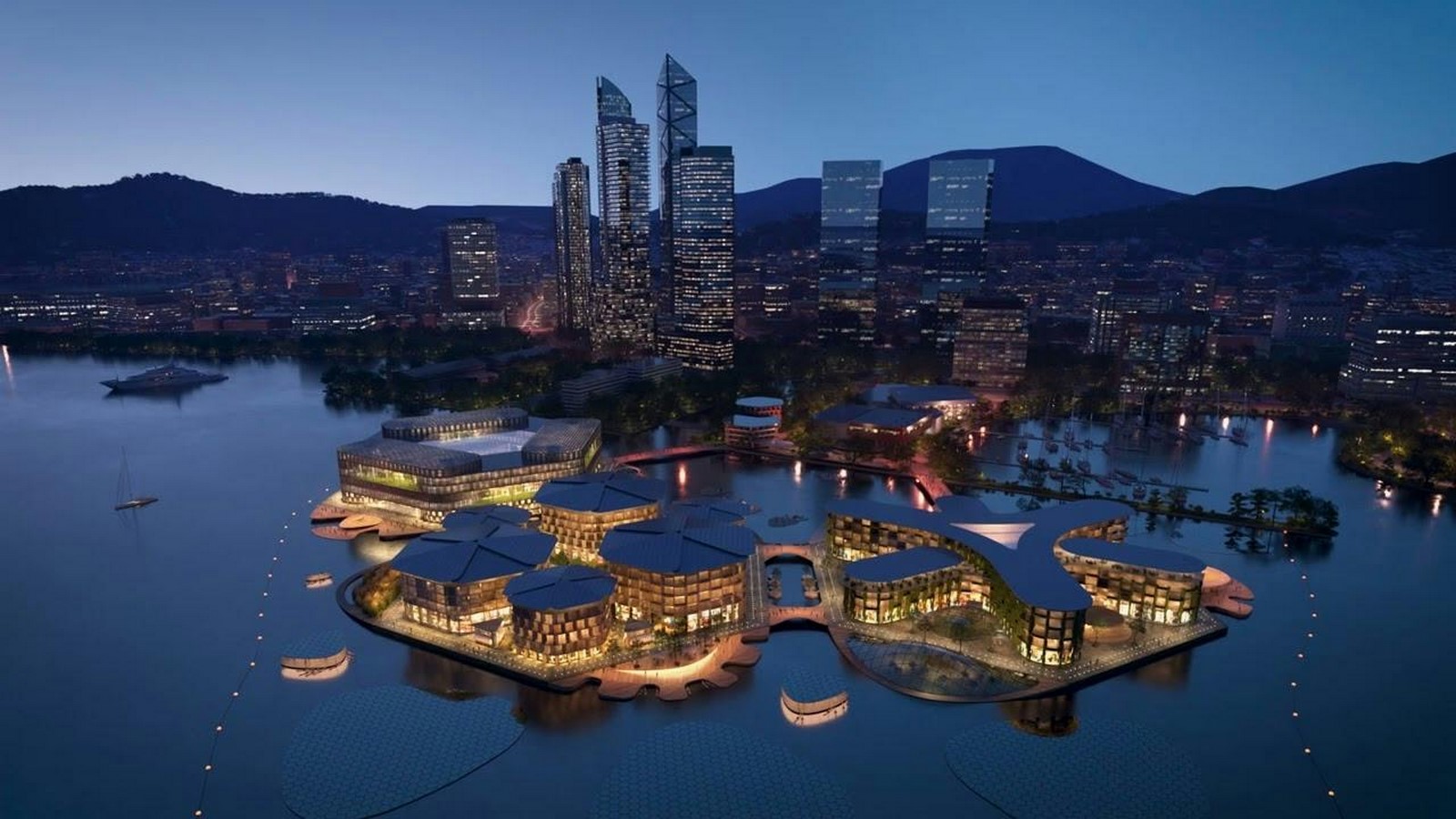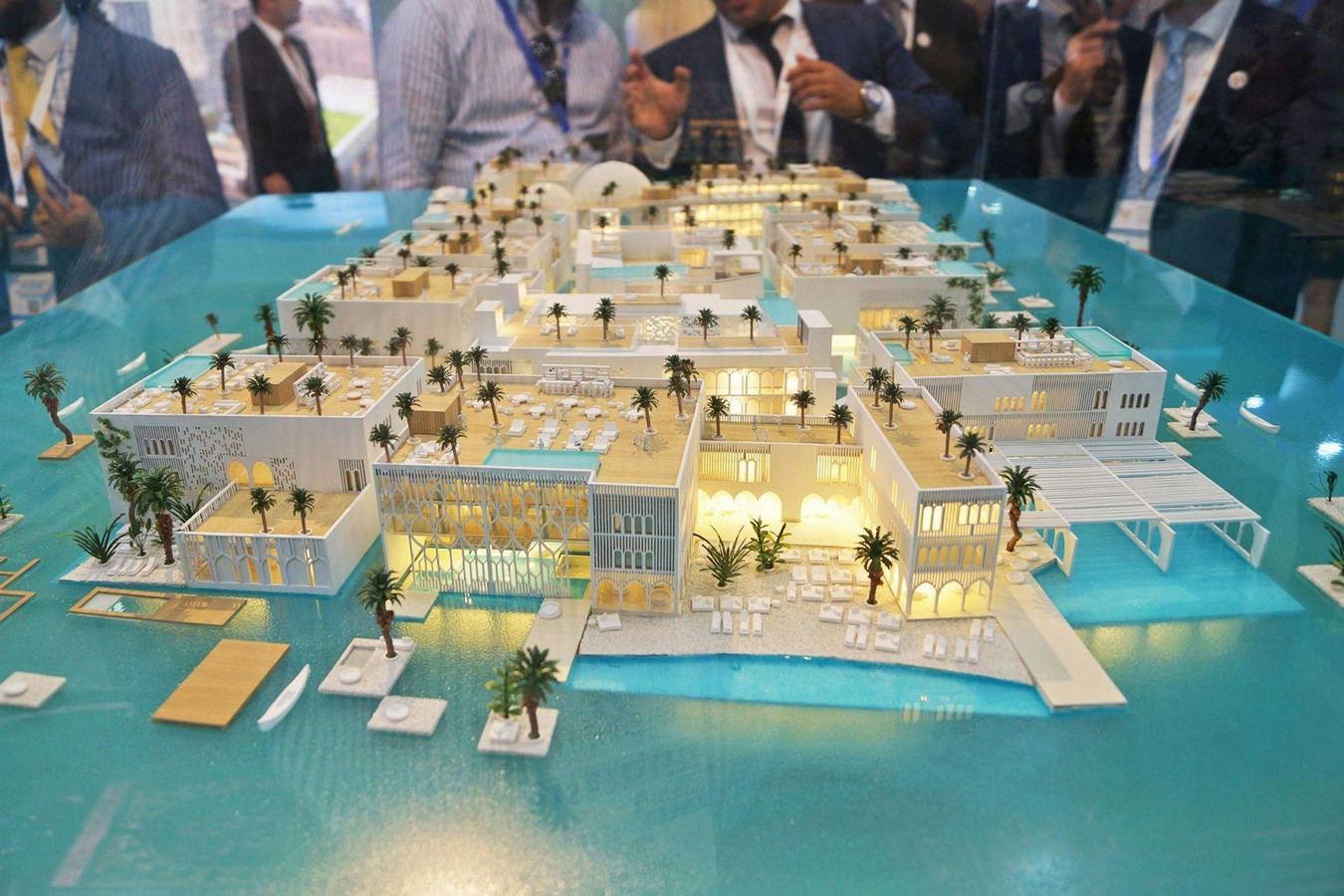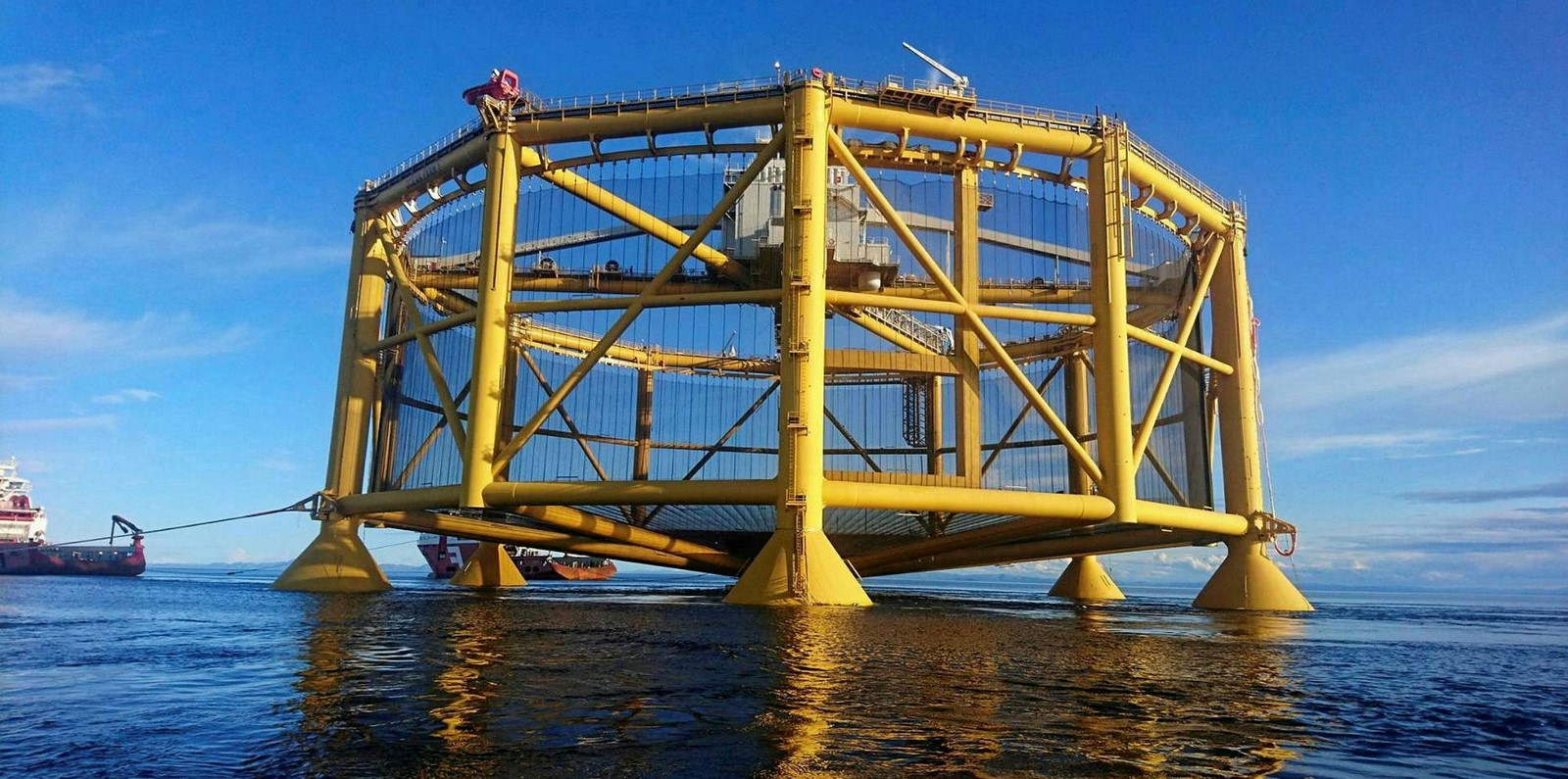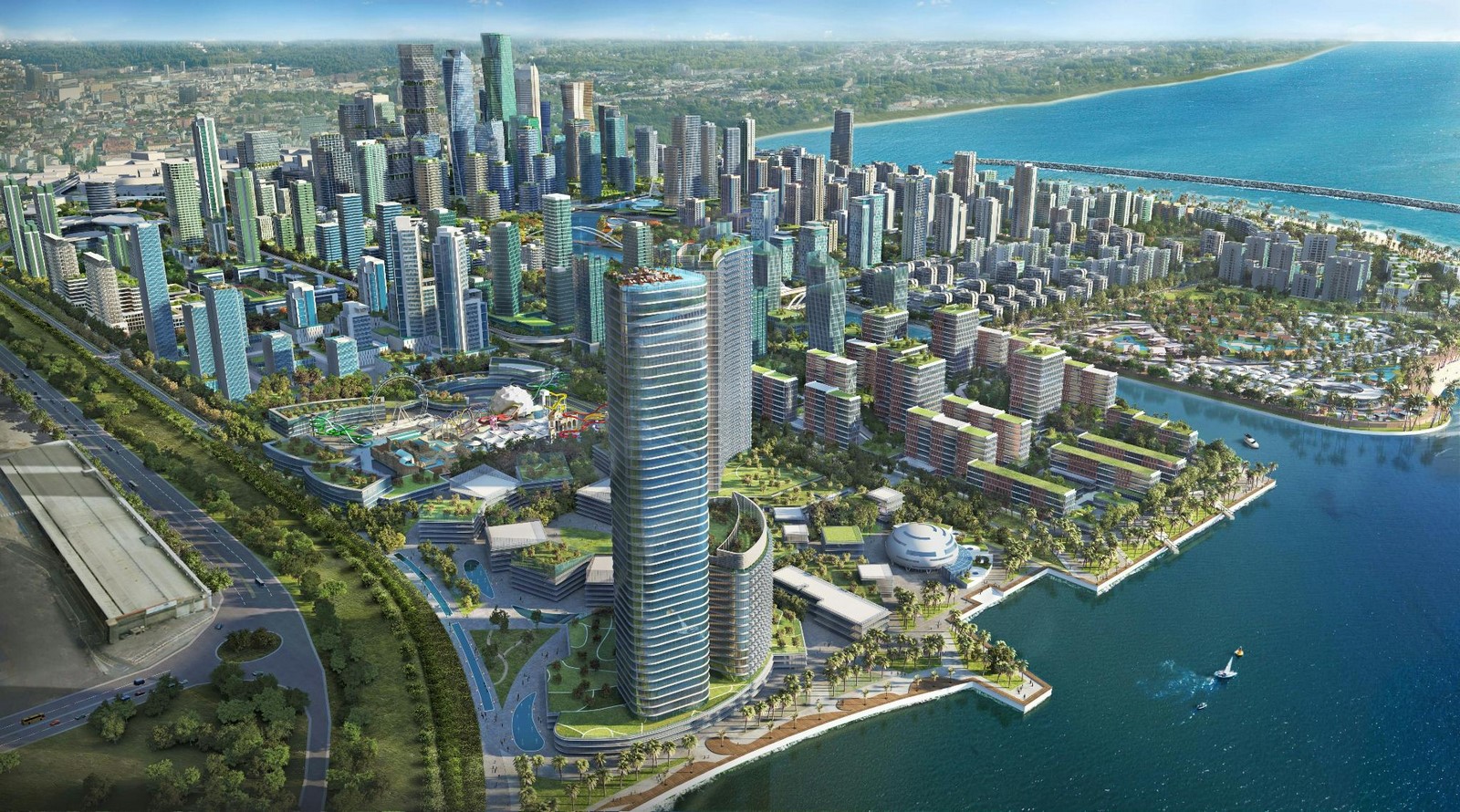For some of the most important urban issues of our day, floating cities offer a creative and progressive solution. Floating cities have a distinctive possibility for sustainable growth, economic stability, and financial resilience as urbanization keeps accelerating and rising sea levels threaten coastal communities. The various facets of the economic sustainability of floating cities are examined in this essay, with a focus on employment creation, tourism, aquaculture, maritime industries, and the adoption of efficient economic models. We will also use actual examples of floating city projects and activities to provide a thorough insight.
An Economic Driver: Tourism
Floating cities have the potential to develop and become major destinations for international travel. Their attraction stems from a variety of factors:
- Distinctive Attractions: With their inventive designs and scenic waterfront settings, floating cities provide a variety of distinctive attractions that enthrall visitors. Consider the envisioned Oceanix City. This ambitious idea promises luxurious floating gardens, underwater restaurants, and floating hotels, giving visitors a unique experience. Adventuresome travelers looking for new experiences are sure to be drawn by the appeal of dining under the waves or resting in a floating hotel room with magnificent ocean views.

- Tourism that prioritizes sustainability: Floating cities might promote themselves as leaders in environmentally sustainable travel. The idea of sustainable floating cities is promoted by the NGO Seasteading Institute. These cities can draw eco-aware tourists by highlighting attributes like renewable energy sources, effective trash management, and low environmental impact. These travelers are drawn to floating cities for the novelty they offer and to promote environmentally friendly methods.
- Floating cities can take advantage of their marine settings to commemorate and promote maritime traditions. For instance, the idea of “The Floating Venice” seeks to provide visitors with a comprehensive cultural experience. A deeper and richer travel experience is promised by this resort’s planned cultural events, marine museums, and local arts and crafts markets.

Aquaculture for the Production of Sustainable Food
Within floating cities, aquaculture is essential for providing food security and economic stability:
- Local Food Production: The potential of floating cities to integrate aquaculture systems is one of its major advantages. Right outside the city, these systems offer a dependable source of fresh seafood. Floating cities improve food security and lessen their carbon impact by decreasing the need for long-distance food delivery. NEMO’s Garden, an attempt at underwater farming off the coast of Italy, serves as a prime example. It shows the possibilities of raising marine life in regulated settings, assuring a steady and long-lasting supply of seafood.

- Economic Opportunities: Within floating cities, aquaculture generates a wide range of employment opportunities. Jobs include anything from fish farming and processing to researching and developing methods for sustainable aquaculture. For instance, the possibility of extensive fish farming is demonstrated by Ocean Farm 1, which is located off the coast of Norway. Along with growing seafood, it also entails establishing jobs in the development and upkeep of aquaculture technology.

- Export Potential: Floating cities can use their excess seafood production to boost their trade balances and increase their revenue sources. Their economic resiliency is increased by this export potential. Floating fish farms have been investigated by Singapore, a city-state renowned for its ingenuity and forward-thinking urban development. Singapore can increase its economy by exporting its surplus seafood production.
Maritime Trade and Industries
Due to their waterfront positions, floating cities are perfectly situated to promote maritime industry and ease trade:
- Ports and shipping: Contemporary port facilities can be built inside floating cities to serve as docking areas for yachts, cruise lines, and freight ships. The city’s ability to enable trade and tourism is greatly improved by this infrastructure, which eventually promotes economic growth. Port City Colombo in Sri Lanka is a real-world illustration of this type of development. This large-scale land reclamation project intends to develop into a significant port and financial hub, illustrating how contemporary port facilities can drive economic growth.

- Shipbuilding and Repair: The presence of water makes maritime businesses like shipbuilding, ship repair, and ship maintenance viable. These sectors boost economic activity and create jobs. A perfect example of a successful maritime industry is Keppel Offshore & Marine in Singapore. It highlights the economic potential of the nautical industry by including shipbuilding, repair, and maintenance operations.
- Trade Hubs: Although they are not technically floating cities, coastal cities like Rotterdam in the Netherlands are excellent examples of trade hubs. The transportation of products and services between coastal and inland regions can be facilitated by floating cities, which can similarly establish themselves as regional trading hubs. Their function as trade middlemen has the potential to greatly increase their economic significance.
Models of the Economy for Financial Stability
Effective economic models must be adopted by floating cities to guarantee financial stability and economic viability:
- Public-Private Partnerships (PPPs): PPPs offer an appealing finance and development strategy for floating cities. By this paradigm, public and private organizations work together to share risks and resources. This cooperative strategy can assist in raising the money required for floating municipal projects while ensuring some level of financial security. One such proposal that has the assistance of the Seasteading Institute and the architectural company Bjarke Ingels Group (BIG) is Oceanix City. It serves as an example of how PPPs can be used to create floating cities.
- Special Economic Zones (SEZs): To entice international investment and firms, Special Economic Zones are designated areas that provide tax benefits and simplified regulations. Floating cities can use their SEZ status to promote stability and economic progress. Although not a floating city, Shenzhen in China is a compelling illustration of how SEZs have been successful. Foreign investment was attracted, which hastened economic growth and urbanization.
- Innovation Hubs: By positioning themselves as such, floating cities might draw entrepreneurs and tech firms. They may diversify their economies and provide employment possibilities while fostering financial stability by encouraging entrepreneurship and innovation. The Seasteading Institute’s collaboration with French Polynesia highlights the potential for floating cities to function as innovation centers. These centers can promote economic diversity and serve as exhibitions.

Financial stability depends on the management and reinvestment of tourism earnings. The infrastructure, social services, and catastrophe readiness of the city can all benefit from tourism-related revenues, assuring its financial stability. Venice, Italy, offers a case study of how carefully managed tourism earnings may be used to preserve the city’s infrastructure and services, despite its problems with overtourism.
Production of Employment and Financial Stability
To encourage economic viability and financial stability, floating cities must prioritize job creation:
- Education and Training: To prepare locals for professions in important areas including tourism, aquaculture, maritime industries, and technology, investments in educational and vocational training programs are crucial. A trained workforce improves a city’s corporate attraction potential and guarantees long-term monetary stability.
- Innovation and entrepreneurship: Promoting these two factors can help with economic diversification. Floating cities can generate employment opportunities and advance financial stability by promoting a climate that is favorable for startups and tech firms. Innovation hubs offer venues for entrepreneurial activities, such as those the Seasteading Institute has suggested.
- Economic Resilience: Floating cities need to prepare backup plans and keep cash reserves to preserve financial stability. They can withstand sudden difficulties or economic downturns thanks to their resources. For floating cities to be sustainable in the long run, financial resiliency is essential.
Visionary solutions to the problems of urbanization and sea level rise include floating cities. Their capacity to capitalize on businesses like tourism, aquaculture, maritime commerce, and job creation is crucial to their economic sustainability and financial stability. Floating cities can develop self-sustaining economies that prosper despite environmental difficulties by fusing these sectors with successful economic models. Establishing successful and resilient communities along the water’s edge requires strategic planning, investments in education and innovation, and the development of various economic landscapes. Floating cities are positioned to establish new benchmarks for sustainable urban development and economic progress as practical examples and creative ideas continue to be developed.

















